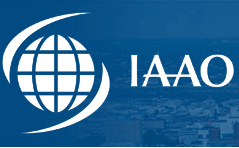Journal of Property Tax Assessment & Administration
Abstract
Many states exempt intangible personal property (IPP). Often people conflate, combine, and confuse IPP with goodwill when those are distinct concepts. Furthermore, to apply the IPP exemption, many people attempt to estimate IPP and goodwill value using ad hoc solutions. This article proposes a simple and transparent method, the enterprise value to invested capital (EVIC) multiple, to estimate the taxable property’s value. The multiple’s algebraic equivalence, advantages, simplicity, and transparency compared to the discounted cash flow (DCF) method, without “slippery inputs,” is discussed. The model values tangible property according to the law of one price and IPP values are correlated with the firm’s expected profitability. The paper uses publicly available data from the airline, electric, gas distribution, pipeline, railroad, telecom, and wireless industries are used as examples to demonstrate valuation accuracy and consistency across companies for tangible property values and excluding IPP values. The model is most useful for utility sectors and industrial properties that have a combination of real, personal, and intangible personal property where tangible assets are a key value driver.
Keywords
Valuation - Mathematical models; Personal property exemptions; Intangible property
Recommended Citation
Sampson, S.
(2023).
Enterprise value to invested capital: The best multiple you've (n)ever used.
Journal of Property Tax Assessment & Administration,
20(2).
DOI: https://doi.org/10.63642/1357-1419.1261


